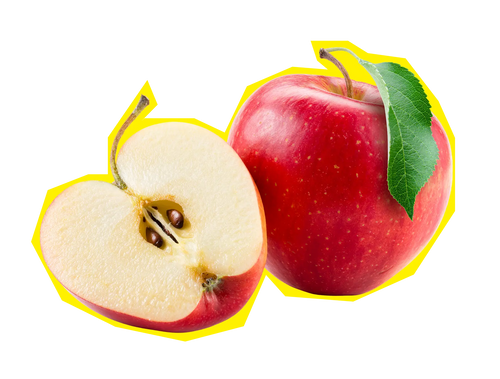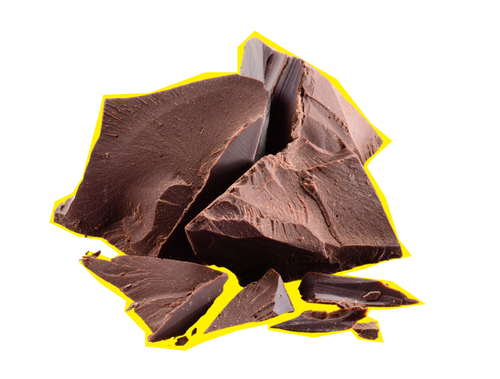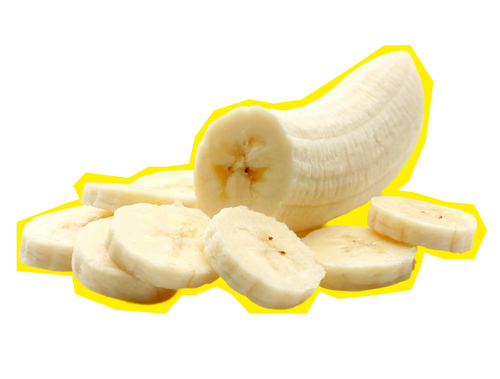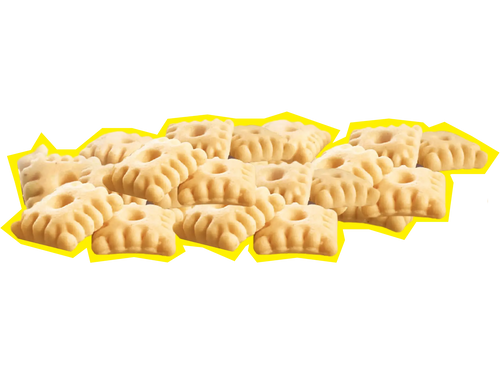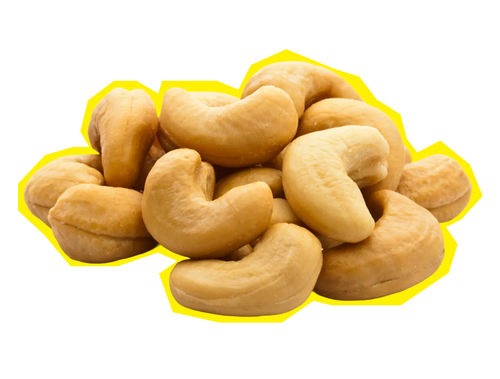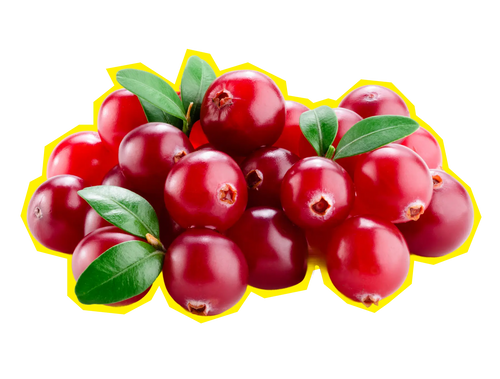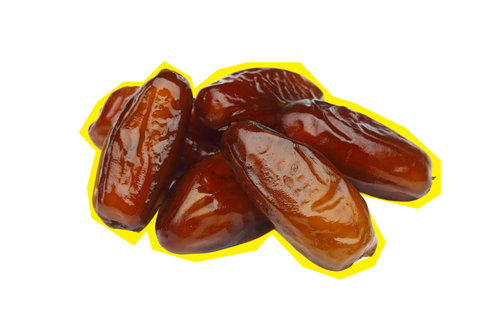Liquid malt
When most people think of malt, they immediately think of beer – and that’s no coincidence. Because without malt there would be no beer. But malt can do much more: it is obtained by germinating barley. This creates amylases, enzymes that convert the grain's own starch into malt sugar. During brewing, this sugar is then converted into alcohol and carbon dioxide by yeast – depending on the type of malt, a wide variety of different types of beer are created.
But malt can also do impressive things without alcohol – for example as liquid malt extract. This is a concentrated, malty-tasting liquid that gives many foods a fine roasted note.
Malt in Kölln Oat Crispies – for extra crunch and taste
We use barley malt extract in our Kölln Oat Crispies – and for good reason:
- Provides the typical light brown colour
- Adds crunch that stays even with milk
- Supports the fine roasted note and malty taste
This is how Kölln Oat Crispies get their distinctive crunchy texture and golden brown colour - a real upgrade for breakfast.

Worth knowing
Barley malt extract & “no added sugar” – does that go together?
Yes! Foods may be labelled “no added sugar” if they do not contain any mono- or disaccharides or other sweetening ingredients. And what about barley malt extract? Malt is not a mono- or disaccharide and has no sweetening effect in the end product. Here is a sample calculation:
Kölln Oat Muesli Fruit – No Added Sugar contains only 0.3 % barley malt extract in the Oat Crispies – so little that it has no effect on the sugar content or calorie count.


